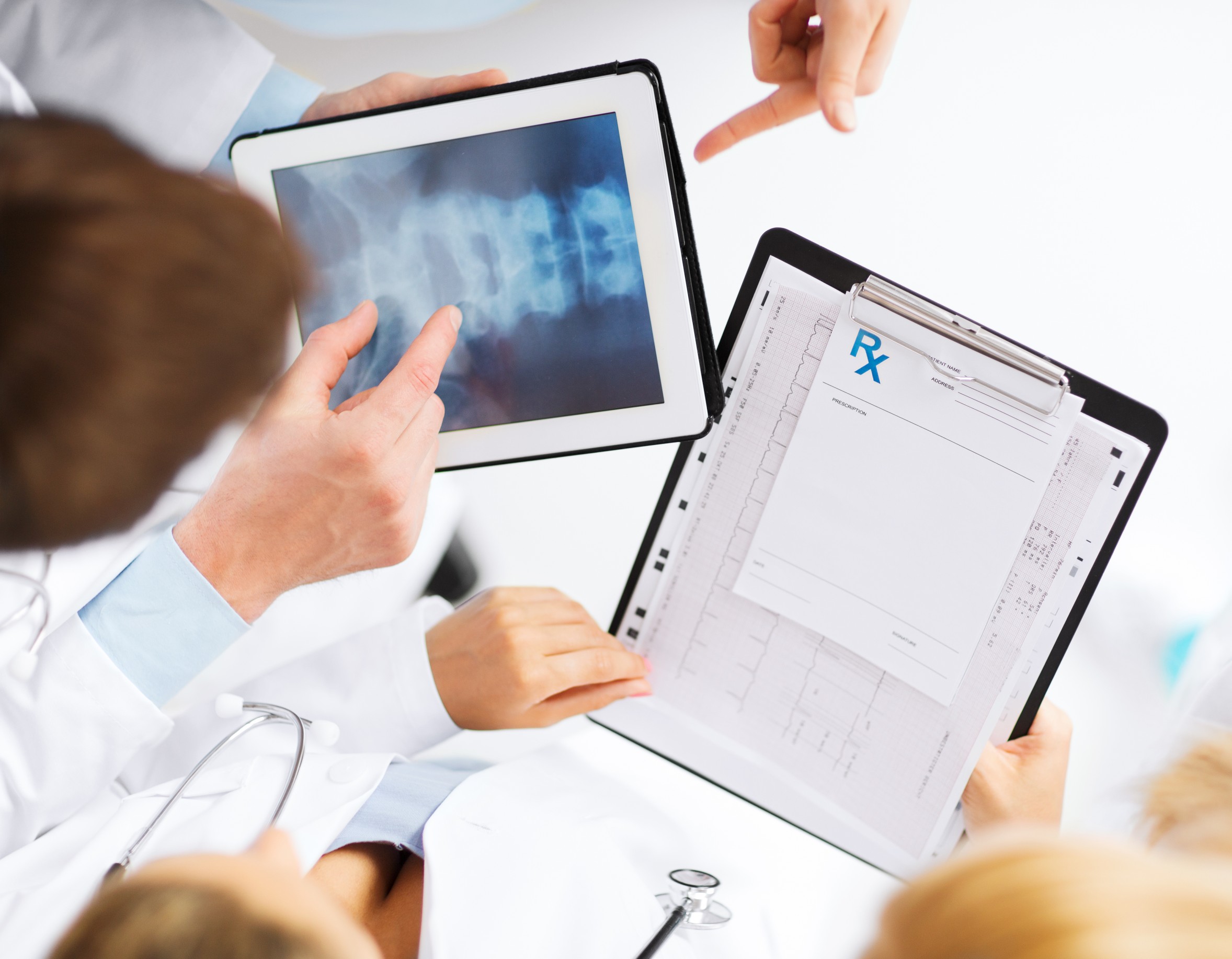Hot Healthcare IT Trends That Will dominate in 2021
November 21, 2020The Covid-19 Pandemic has proven to be a testing time for global healthcare systems. It has brought out existing flaws, areas of improvement, and most significantly, the need for digital transformation.
Healthcare Centres around the globe had to take improvised measures to deal with the exploding volume of Covid-19 cases. The supply chain mechanisms were tested and so was in-house technology which wasn’t geared for the unanticipated crisis.
To cope with the dwindling public health condition, everyone from clinicians to nurses had to adapt to the rapidly changing healthcare technology landscape. In Q1 and Q2 of 2020, healthcare IPOs have nearly raised $17 billion in equities already.
As we march into 2021, many of the existing and emerging technologies will form the New Normal for healthcare. In a way, the entire healthcare
sector has been revolutionized in terms of agility, preparedness, and robustness.A few of the expected Healthcare Technology trends that will dominate throughout 2021 are listed below.
- Healthcare Big Data
Patient health data or more formally known as Electronic Health Records (EHR) have existed for a long time but now is the time when this data is being strategically used for better patient treatment.
IBM has come up with an advanced analytics solution called IBM Watson Health which exhibits the capability to churn through vast amounts of patient data to understand patterns and provide valuable insights to healthcare professionals.
Big Health Data will form the cornerstone of all modernized treatments
across various verticals of healthcare, for improving treatment quality and predicting illnesses ahead of time.- Hospital Management Systems
The explosive growth in hospital visits and patient admissions during the healthcare crisis has highlighted the urgent need for automating hospital processes. Therefore, the adoption of Hospital Management Systems has rapidly grown across the world with about 80% of self-employed clinicians (below age 50) adopting OCS and EMR in a study conducted by NCBI.
The adoption of Hospital Information and Management Systems will continue to rise as it helps in reducing manual intervention in hospital workflows, makes resource tracking easier, and completely digitizes patient paperwork.
- Telehealth and Telemedicine
Telehealth, which has been around for some years, observed a sharp rise in adoption across the world as a tactical measure to abide by Social Distancing norms.
Telehealth and Telemedicine, both cater to remote delivery of healthcare with the help of electronic platforms such as video conferencing, EHR, and software solutions.
American Telemedicine Association highlighted that all Medicaid programs in the
US now support at least one form of Telehealth. Adding further, Cisco found that 74% of consumers were ready to get their treatment delivered via Telehealth.- Wearable Technology
Advancing from a Fashion fad, wearable technology has gained a significant role to play in the healthcare sector, providing actionable insights to physicians.
Wearable smartwatches, smartphone sensors, and other wearable health devices are forming new Healthcare Technology Trends. They’re enabling a more comprehensive, and real-time monitoring for medical parameters that go a long way in treating chronic diseases.
Wearable devices contain sensors like ECG, BCG (ballistocardiogram), Thermometer, Blood Pressure sensor, and so on. These sensors connect to the internet and help in monitoring patient health in a personalized manner.
- APIs and Data Sharing
As more and more data is collected by healthcare devices, an efficient system for managing this data and securely sharing it with the right stakeholders is also necessary.
In response to the same, many health APIs have emerged that provide resources and data sharing across healthcare institutions. For instance, the Sonde Health API provides a method to check wellness in a given voice sample for risk mitigation.
Similarly, the Nubentos Cardio API provides a cardiovascular risk assessment calculator in accordance with the 2013 ACC/AHA Guidelines.
SoftClinic Software
SoftClinic provides a number of tools and services for the successful digital transformation of healthcare institutes and clinics. With an all-encompassing HIS and Telemedicine platform, SoftClinic software helps physicians take their medical practice to the next level and enjoy the benefits of improved healthcare technology for better clinic management.
Conclusion
Healthcare Technology has observed a significant push in innovation during the pandemic which will bring about permanent changes in the public approach to healthcare. In 2021, healthcare IT adoption will continue to rise and will be dictated by the key Healthcare Tech Trends mentioned in this article. As a healthcare stakeholder or a direct beneficiary, it’s important for you to be aware of these trends.
